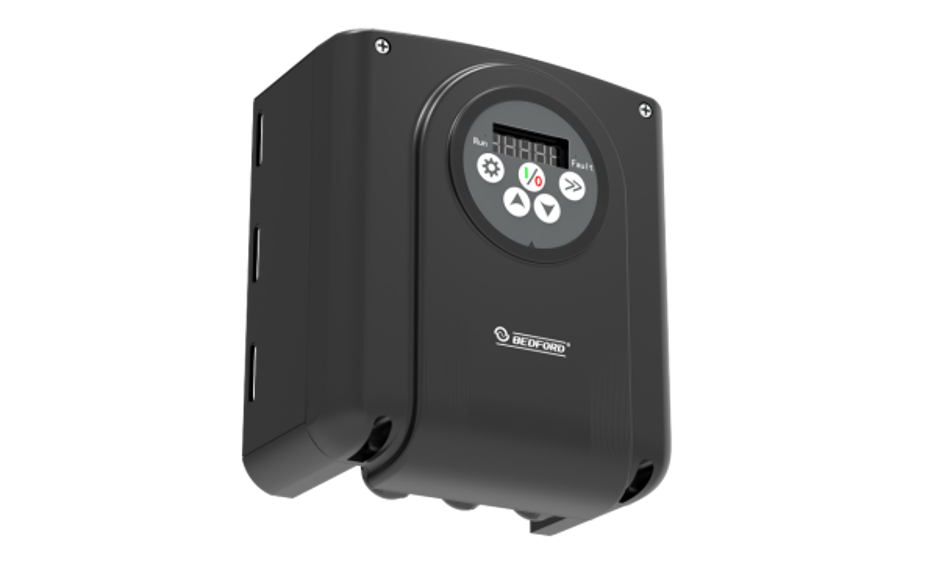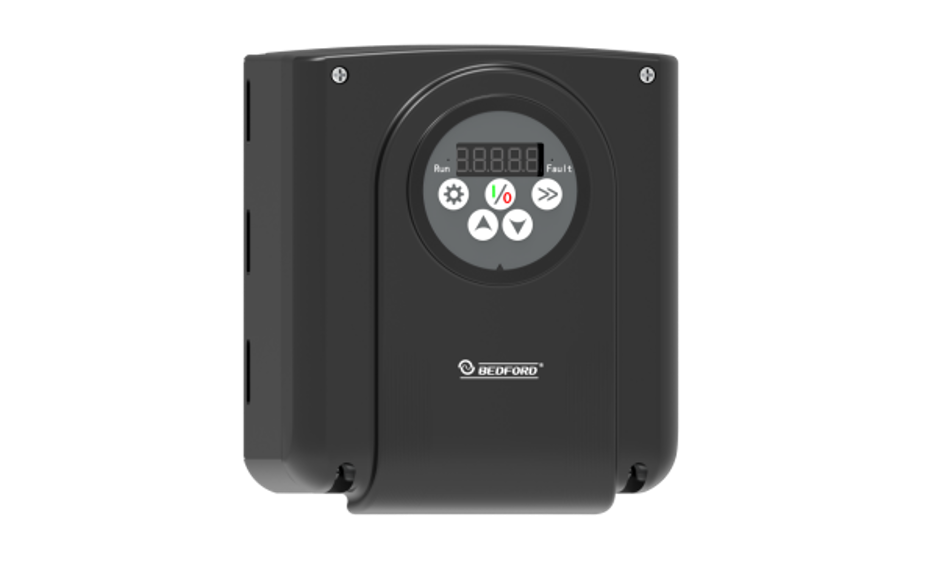
There is a significant movement toward hardware that can run on solar power in the modern day. This reduces the need for physical wiring and connections to a power grid when operating certain hardware. In several industries, people are now also looking at ways in which they can make the use of water pumps more efficient and reduce the need for an on-the-grid power solution.
A solar pump inverter perfectly delivers on this particular requirement. These inverters are designed to specifically work with a water pump and often come with automatic functions that enhance the overall efficiency of the entire system.
Table of Contents
How A Solar Pump Inverter Fits With A Water Pump System
To understand why many people are turning to solar pump inverters, it is important to understand how they fit with water pump systems. A traditional water pump will connect to a power grid in order to operate. This is convenient when using the pump at home but can become a more complex process when it is used in an area that does not have wall outlets or other links to a power grid readily available.
The main alternative solution is to use an inverter that connects to a battery. The major problem here is the fact that these batteries come with high price tags, which significantly increases the expenses taken on in order to set up this alternative power solution.
A solar pump inverter works similarly in some ways to the standard inverter process. The big difference is the fact that there is no need for these expensive batteries. The use of a high-power solar panel at the top of the device allows it to create an effective charge upon UV exposure. This allows the device to run throughout the day, which is the time when most of these water pump systems are in operation.
What To Consider When Choosing A Solar Pump Inverter
There are a couple of things that one needs to keep in mind when choosing a specific solar pump inverter. In addition to the inverter itself, it is also important to consider the solar water pump controller that will be used and ensure they offer maximum control over the operations and functions.

Let’s consider a few important elements to keep in mind:
1. Compatibility is a key factor that needs prioritization when choosing a solar pump inverter, as well as a solar pump controller. The inverter and controller system both need to provide adequate compatibility with the water pump that it will connect to. This means the output power of the inverter should offer a good match for the input power requirements of the pump.
2. Performance is also a critical element when it comes to solar pump inverters. This is where the overall power rating comes into play. Consider the inverter’s ability to convert UV rays that reflect on the solar panel into a DC charge. Take note of how the device then converts this to an AC output current, which will provide a power source for the water pump connected to the system.
3. Functions also differ between different pump inverters and controllers. Keep in mind the control system and how it works. Automatic functions can also help to streamline the usage of the system and require less human input for certain functions.
Introducing The WLD280 Solar Photovoltaic Pump Controller
While several options are available, the WLD280 Solar Photovoltaic Pump Controller is a top-tier choice that comes with everything required to set up a solar pump inverter system. The device offers an AC/DC switching solution and uses an advanced type of MPPT technology. This helps to provide a 99% efficacy rating in solar tracking. The protective elements that are built into the solar pump inverter controller also provide added safety features when used.

Conclusion
Bedford has been offering automatic water pump controller solutions for several years in order to maximize the efficacy of various industrial operations. The company has been operating since 1993 and has exported its equipment to more than 100 countries. The solar pump inverter options that are available from Bedford ensure it is easy to get a no-battery and off-grid solution up and running in environments that heavily rely on the use of a water pump.